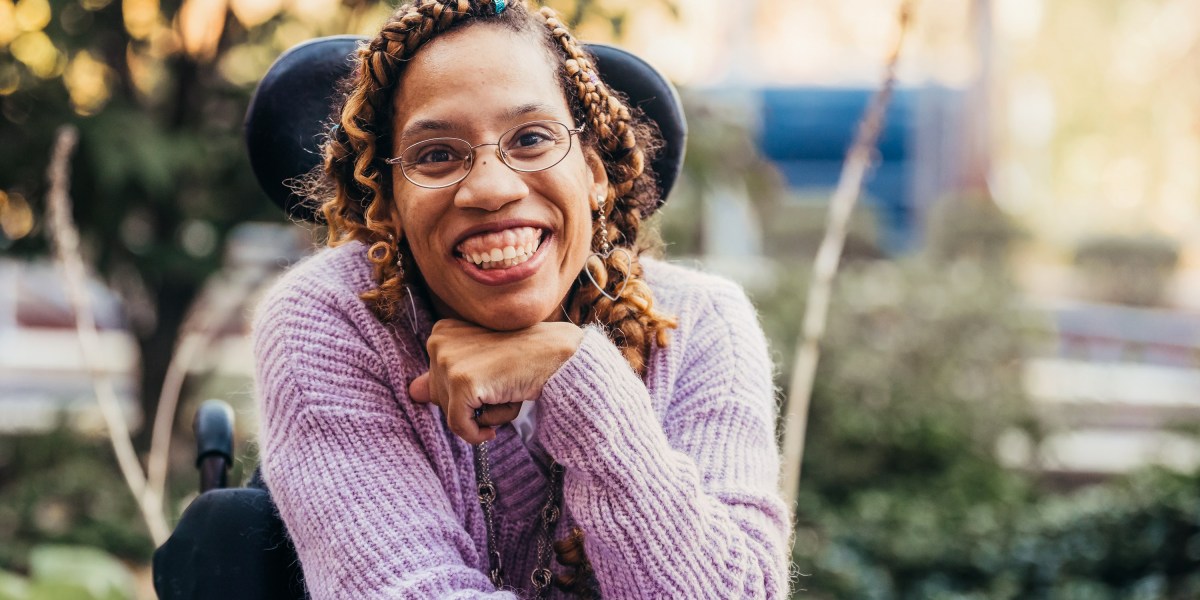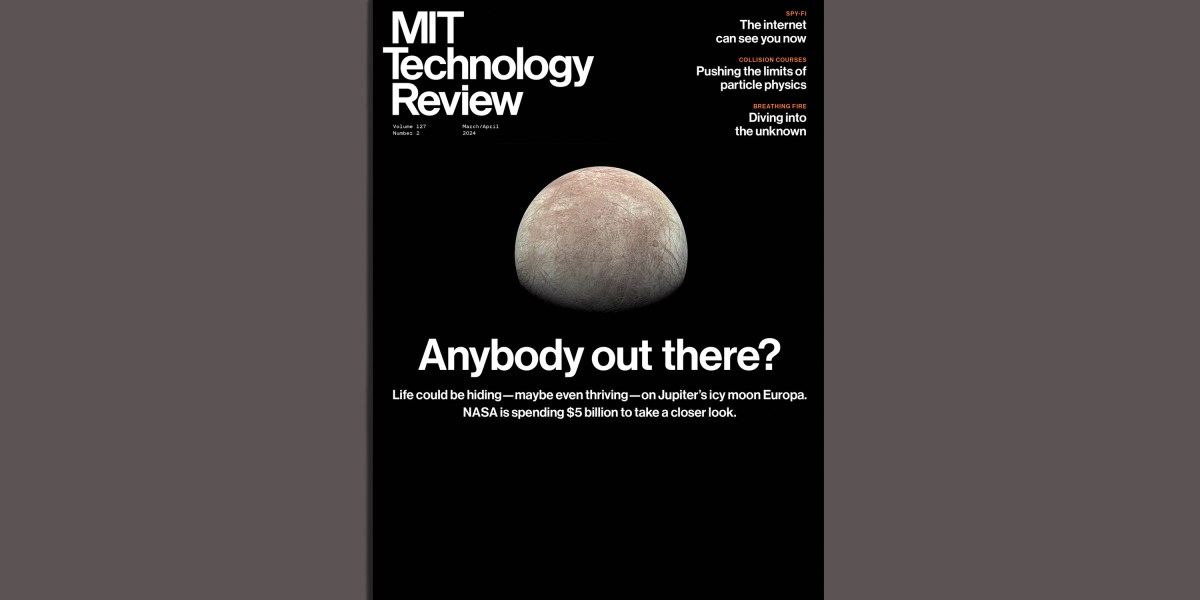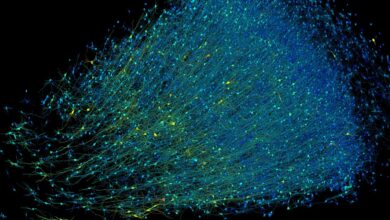Divine economics | MIT Technology Review

The road to economics
Thompkins’s experiences as a youth advocate set her up to dream big about what she might accomplish on behalf of the disabled community. Her hope as a teenager had been to go to law school and become a disability rights attorney—that is, until she surprised herself by falling in love with an economics course in high school. She majored in mathematical economics at Scripps College. And by the time she arrived on MIT’s campus for grad school, she had become enthusiastic about the possibility of using economics as a tool for disability justice.
Angrist, a Nobel Prize winner who served as one of Thompkins’s thesis advisors, wrote one of the early papers analyzing the Americans with Disabilities Act and concluded that it had in many ways been counterproductive. He and his coauthor, fellow MIT economics professor Daron Acemoglu, found that the ADA increased costs for employers and wound up having a negative effect on employment of disabled workers. Thompkins built on their research, writing the first two papers analyzing the long-term impact of the ADA. Both have been cited often.
She also wrote a report on disability policy in India for the World Bank and then conducted more sophisticated econometric analysis, using the same World Bank data, of an Indian program designed to give assistance to disabled workers and working-age disabled people. That research became a chapter of her PhD thesis and was later published in Applied Economics and Finance. Angrist, who remembers Thompkins as a “hardworking and tenacious student,” says that “Allison’s paper at the time was one of the few to look at labor market effects of disability policy in that part of the world.”
“Even to hold my neck in one position is kind of like mountain climbing would be for some other people.”
The Indian program was unique at the time because “mainstream microlending programs systematically excluded people with disabilities from receiving loans,” Thompkins says. After digging into the data, she realized that many of the disabled people who received microloans were not on schedule to repay them on time because they used the loans not to expand a business but to go to secondary school, which she calls “a luxury that many disabled people in rural India do not get.” But her analysis concluded that researchers needed longer-term data to determine the loans’ ultimate impact on these participants’ economic outcomes. In other words, it wasn’t fair to assume that just because disabled people weren’t using the microloans in the exact way that the lenders had expected, the investment was wasted.
Thompkins earned a reputation at MIT for her warmth and excitement about her work. “She’s always very joyful and was really passionate about what she was doing, and just exuded positivity and enthusiasm,” says Autor, who also served as her thesis advisor. Kathleen Monagle, associate dean and director of disability and access services, adds that she’s also generous with her time and energy. Thompkins helped author a brochure for MIT on best practices for communicating with people with a range of disabilities—which Monagle’s office still uses—and has served as a mentor to numerous students who have come through the office over the years.
After earning her PhD, Thompkins became a research economist at Mathematica, where she conducted research on employment among people with disabilities, among other topics. Now, though she no longer works full time as an economist, she still takes on consulting gigs occasionally.
A deepening spiritual practice
Though stepping back from work for health reasons wasn’t what she would’ve planned for herself, the shift cleared the way for Thompkins to begin writing more about something else that had become important to her: the pursuit of a spiritual life that could sustain her in the face of challenging circumstances. She grew up going to church with her family, started meditating at age eight, and began modifying her meditation practice to fit her abilities in her teens. As an adult, she has continued to expand her understanding of spirituality through extensive reading. Yet her personal experiences, as well as her relationships with others in the disability community, had long made her aware of the barriers to participating in spiritual life for many people with disabilities. While practices like reading a book or praying quietly might seem almost effortless to some, they can be incredibly challenging for others, she notes.
“Even to hold my neck in one position is kind of like mountain climbing would be for some other people,” she says. (In her book, she notes that “researchers have estimated that someone with cerebral palsy uses three to five times more energy than someone without a disability.”)





